Here is another big flex for the women! If you’re a woman, grab a seat; this one’s for you. We know it’s normal to get into friendly arguments that question women’s contributions to our society. There are countless women who have impacted our world, and you, yes, you are one of them. Give yourself some accolades! Today, we’ll discuss the great Marie Curie. She did wonders for science and you’ll learn more about her impact here.
Many women have contributed immensely to society. The likes of Katherine Johnson, Nellie Bly, Mary Seacole, and even Marie Curie (the topic of discussion) are all great examples of these women. These women thrived above gender discrimination that existed in their time and paved the way for other women in male-dominated fields.
Here is the story of Marie Curie.
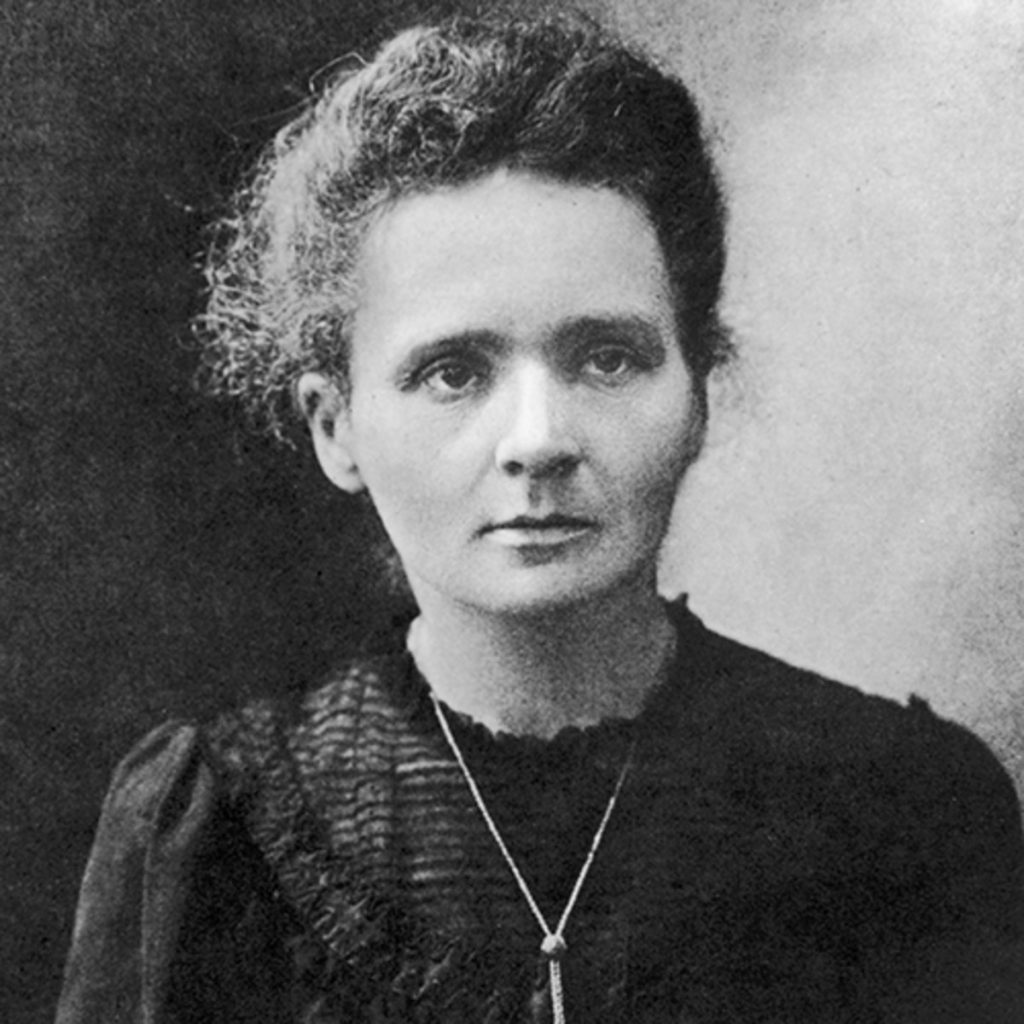
Who Was Marie Curie?
Although Marie Curie passed away more than 80 years ago, she has not and will never be washed away. Her name still appears in research organizations, hospitals, schools, awards, charities, and even a chemical element. However, who was Marie Curie?
Marie Curie was the first woman to receive a Nobel Prize, the first to do so twice, and the first to receive two Nobel Prizes in distinct disciplines of science (Physics and Chemistry). In addition, Marie Curie was the first female professor at the University of Paris.
Also known as Madame Curie, Marie is known for her groundbreaking studies on radioactivity and the discovery of thorium, polonium, and radium. Her life’s work has inspired countless people, and her great discoveries helped in the search for cancer treatment.
Marie Curie’s Early Life and Education
On November 7, 1867, Maria Sklodowska (later became Marie Curie) was born in Warsaw, Congress, Poland, in the Russian Empire. She was the youngest and fifth child of then-renowned educators Bronisawa, née Boguska, and Wladyslaw Skodowski. Zofia, Józef, Bronisawa, and Helena were Maria’s older sisters and brothers.
Unfortunately, Marie Curie was only 10 when her mother died from Tuberculosis. Then, she became a tutor since her father could no longer support her. In her spare time, she read and studied to satisfy her passion for knowledge. Her enthusiasm remained constant. For a clearer understanding, Marie curie started going to J. Sikorska’s boarding school when she was still 10 years old. After that, she went to a gymnasium for girls, where she graduated on June 12, 1883, with a gold medal. After collapsing, probably as a result of depression, she spent the following year in the countryside with her father’s relatives. And spent the next year after that in Warsaw with him, where she worked as a tutor.
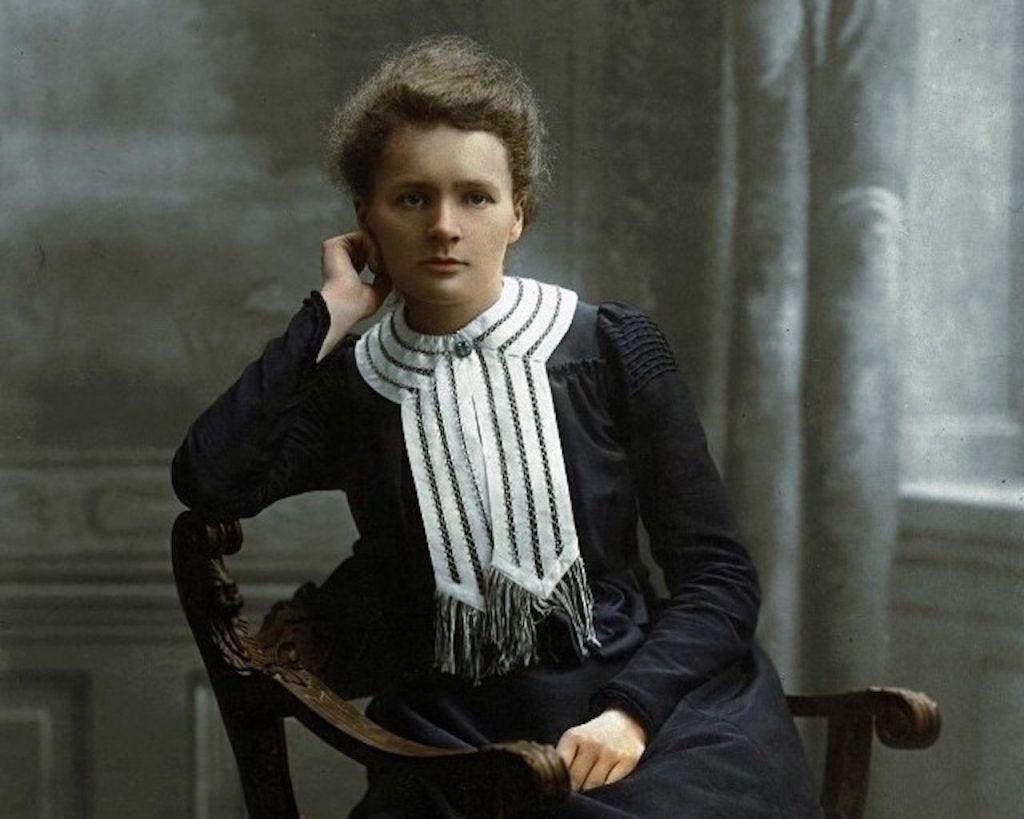
Stepping Back for Her Sister to Study
After a while, she and her sister Bronislawa became associated with the secret Flying University (also known as Floating University), a Polish patriotic institution of higher learning that accepted women students because they were unable to enroll in a regular university due to their gender. But unfortunately, one of them had to go first as they both could not afford the tuition fees. So, they agreed for Bronislawa to be the first with an agreement that Marie would provide financial support for Bronislawa while she pursued her medical education in Paris in exchange for a similar arrangement two years later.
She was forced to accept a position in Warsaw as a house tutor before moving on to work as a tutor for the affluent Zorawski family. The family was also related to her father. She fell in love with Kazimierz (one of the sons in the family) while working with the Zorawskis. But the family violently opposed their union due to the financial hardship of her family. Kazimierz moved on to pursue his dream job as a mathematician after the pair underwent an extremely traumatic split.
Marie Curie Rejected Studying in Paris
After Marie’s sister, Bronislawa, and her new husband, Polish doctor Kazimierz Dluski got married, Marie was invited to travel to Paris and join them there. But she said she couldn’t since she didn’t have enough money to cover her tuition, so she declined. Afterward, she got a new job so she could continue to save money for college.
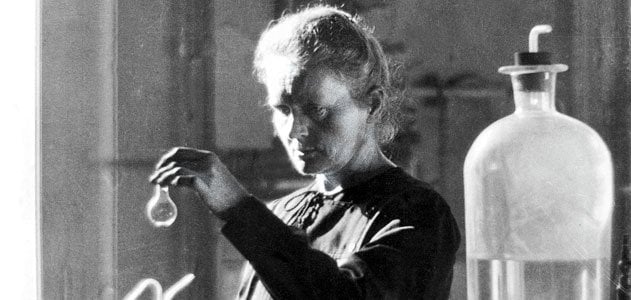
Marie Curie continued self-educating herself by reading scientific books and publications. She still attended The Flying University and continued to tutor. Later, in 1891, she moved to Paris to join her sister and brother-in-law. However, her stay was brief because she quickly moved into an apartment much closer to the campus grounds. Later on, she enrolled in the University of Paris to study physics, math, and chemistry. And she changed her name from Maria to “Marie” as that was the spelling in French.
While in school, Marie Curie would wear all of her clothing in the winter to stay warm. And since she was so focused on her academics, she would eat irregularly. She worked as a tutor in the evenings while going to school in the mornings to make ends meet. She received her Physics diploma two years later, in 1893, and soon after began working in the renowned Gabriel Lippmann’s industrial laboratory. Maria was successful in obtaining a fellowship, which enabled her to carry on with her studies and finish her second degree a year later.
She first met the physicist she subsequently married, Pierre Curie, in Paris in 1894 – With a study of the magnetic properties of several sheets of steel that was commissioned by the Society for the Encouragement of National Industry, Marie started her scientific career in Paris. She met Pierre Curie in the same year; their shared enthusiasm for the scientific sciences brought them together.
The Curies’ Discoveries and Radioactivity
Following Marie and Perrie Currie’s union, they accepted a position as research associates at the School of Chemistry and Physics in Paris. There, they started their groundbreaking investigation into the mysterious phenomena known as invisible rays emitted by uranium, which had just been identified by Professor Henri Becquerel. The professor demonstrated how the rays could penetrate solid objects, fog, and photographic film and how they could make air conduct electricity.
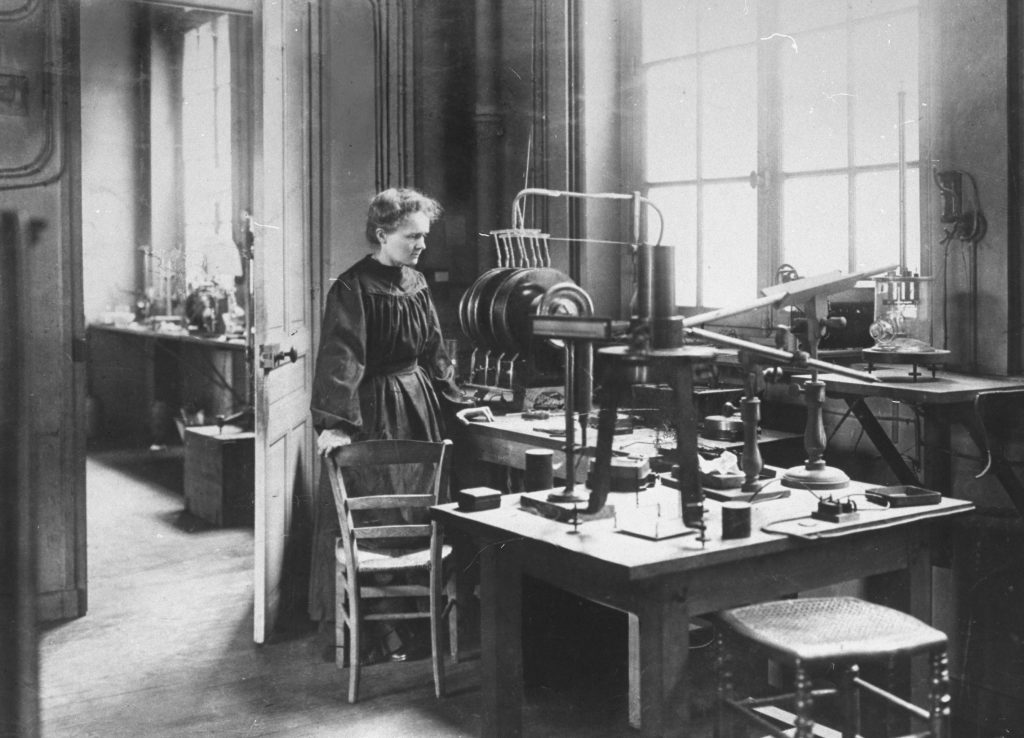
Additionally, Marie observed that samples of pitchblende, a mineral that includes uranium ore, were far more radioactive than the element itself. She was persuaded by more research that there was something else in the pitchblende that could account for the extremely high readings she was getting. It could only be present in very small amounts and appeared to be extremely radioactive because no one had ever discovered it before. While Marie was certain she had discovered a brand-new chemical element, other scientists questioned her findings.
Groundbreaking Contributions to Science
Marie started her investigation into radiation using the electrometer, a tool that Pierre and his brother had created 15 years previously. Her investigation into radiation would continue after she became ill and eventually passed away. In 1897, the Curies gave birth to Irène, their first child. Due to the increased costs associated with this new family member, Marie was forced to accept a position as a tutor.
To find the undiscovered element, Pierre and Marie Curie got to work. They crushed pitchblende samples, dissolved them in acid, and started to isolate the various elements that were there using the then-current conventional analytical chemical procedures. They eventually succeeded in extracting polonium, a black powder that was 330 times more radioactive than uranium. A new chemical element with the atomic number 84 was polonium.
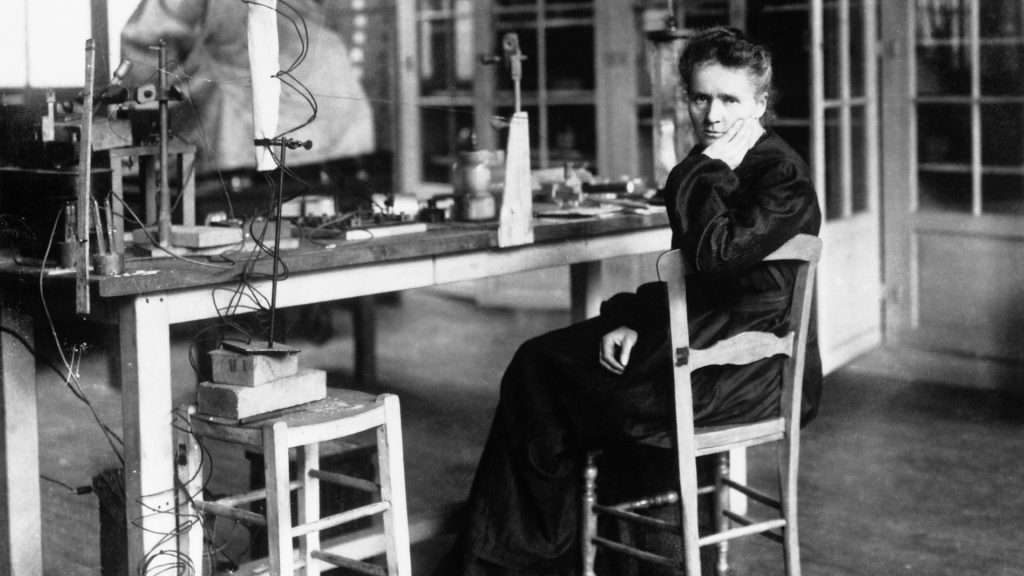
After doing other research, the Curies discovered that the liquid left behind after extracting the polonium was still very radioactive. Also, they discovered that pitchblende also included a different, much more radioactive element than polonium, though it was present in even lesser amounts.
The Curies released compelling evidence in 1898 that the new element, which they named radium, existed, but they still lacked a sample of it. Since pitchblende contains precious uranium, it is an expensive mineral that Marie needed in large quantities. Marie contacted a facility in Austria that extracted the uranium from pitchblende for industrial use and purchased many tonnes of the worthless waste product. They were even more radioactive than the original pitchblende and were much cheaper. To recover the trace amounts of radium, Marie started processing the pitchblende. They adopted the method of grinding, dissolving, filtering, precipitating, collecting, redissolving, crystallizing, and recrystallizing the material in 20kg batches. These methods required working on a considerably bigger scale than before.
Blowback From Their Research
Following the risks and stress of the research, the Curies started to feel sick and were physically worn out. Today, we may attribute their illness to the early signs of radiation sickness. Because they were constantly handling extremely radioactive material at the time, they continued despite being aware of the risks, frequently with raw and irritated hands. Marie ultimately isolated radium (as radium chloride) in 1902 and discovered that it had an atomic weight of 225.93. It had been a long, tough trip to reach the discovery.
Marie Curie’s Death and Legacy
Today, people continue to honor Marie Curie’s lasting contribution. Anywhere she was, she had a huge impact as a member of numerous committees. The Warsaw Radium Institute, to which Curie made significant contributions, eventually appointed her sister, Bronislawa, as director. She was admitted as The Royal Danish Academy of Sciences and Letters’ first female member in 1920.
Marie Curie died on the 4th of July, 1934, at the age of 66. Her death was reportedly caused by aplastic anemia, a bone marrow condition brought on by her prolonged radiation exposure. In a Sceaux cemetery, she was laid to rest next to her spouse. In honor of the life she lived, Marie Curie and her husband, Perrie Curie, have several foundations named after them today.
Before you go…
Hey, thank you for reading this blog to the end. I hope it was helpful. Let me tell you a little bit about Nicholas Idoko Technologies. We help businesses and companies build an online presence by developing web, mobile, desktop, and blockchain applications.
As a company, we work with your budget in developing your ideas and projects beautifully and elegantly as well as participate in the growth of your business. We do a lot of freelance work in various sectors such as blockchain, booking, e-commerce, education, online games, voting, and payments. Our ability to provide the needed resources to help clients develop their software packages for their targeted audience on schedule is unmatched.
We Design & Develop Websites, Android & iOS Apps
Looking to transform your digital presence? We specialize in creating stunning websites and powerful mobile apps for Android and iOS. Let us bring your vision to life with innovative, tailored solutions!
Get Started TodayBe sure to contact us if you need our services! We are readily available.
Put Your Tech Company on the Map!
Get featured on Nicholas Idoko’s Blog for just $200. Showcase your business, boost credibility, and reach a growing audience eager for tech solutions.
Publish Now










